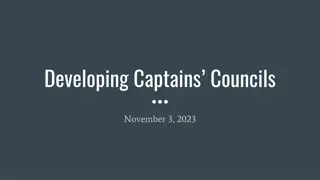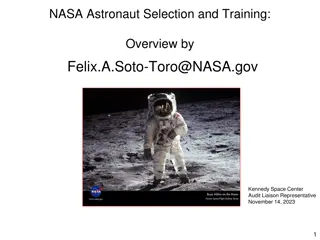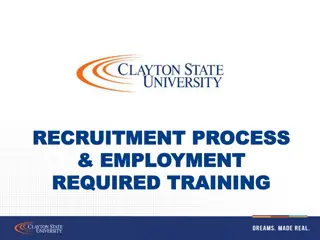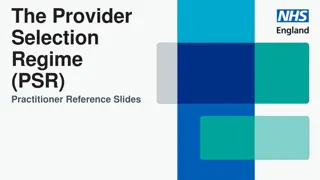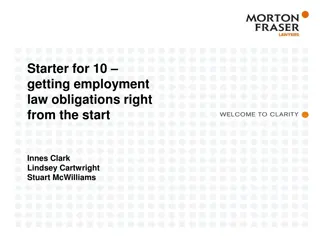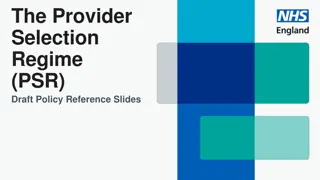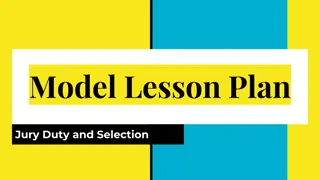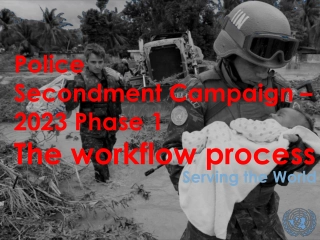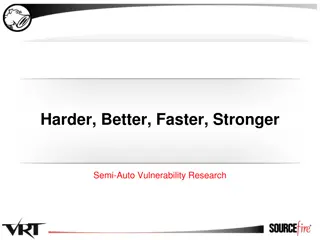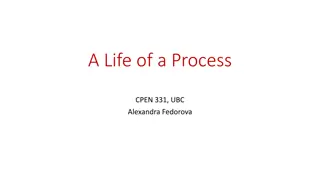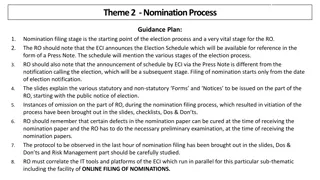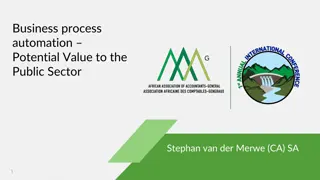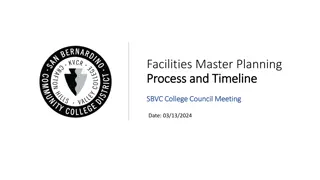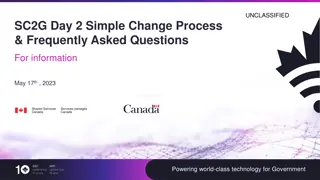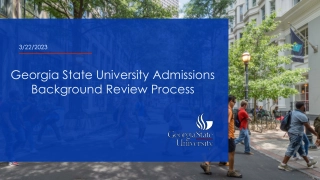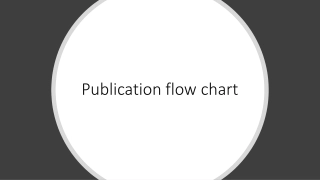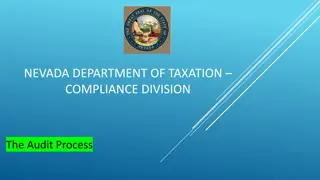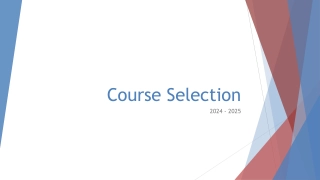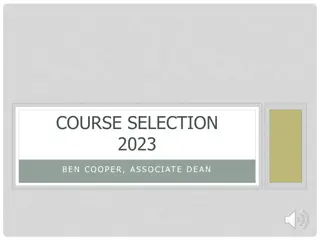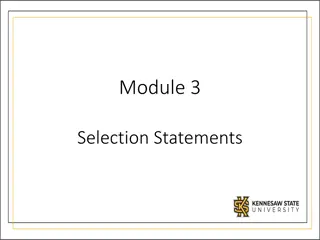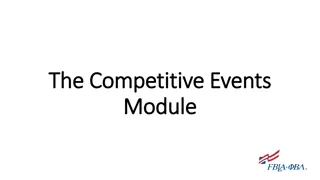Understanding the Recruitment and Selection Process
Recruitment is the process of attracting and obtaining applications from potential candidates, while selection involves choosing the right individuals for job positions. It aims to fulfill both present and future workforce requirements, increase the candidate pool, enhance selection success rates, and meet legal obligations, ultimately improving organizational effectiveness. The recruitment process involves planning, strategy development, searching, screening, and evaluation. Recruitment planning focuses on setting objectives for contacting the desired number and type of applicants. Strategies for recruitment include determining the recruitment sources, sequencing recruitment activities, and deciding whether to make or buy employees.
Download Presentation
Please find below an Image/Link to download the presentation.
The content on the website is provided AS IS for your information and personal use only. It may not be sold, licensed, or shared on other websites without obtaining consent from the author. Download presentation by click this link. If you encounter any issues during the download, it is possible that the publisher has removed the file from their server.
Presentation Transcript
RECRUITMENT & SELECTION
RECRUITMENT It can be defined as generating of a pool of qualified candidates for a job It involves attracting and obtaining as many applications as possible from eligible job-seekers it can be understood as the process of searching for and obtaining applicants for jobs, from among whom the right people can be selected It refers too the process of receipt of applications from job-seekers
Purposes and Importance It determines the present and future requirements of the firm of potentially qualified job candidates Increase the pool of job candidates at minimum cost It helps the success rate of the selection process by reducing the number of visibly underqualified and overqualified job applicants Meet the organization s legal and social obligations regarding the composition of its work force Increase organizational and individual effectiveness in the short term and long term
Recruitment Process It comprises five interrelated stages: Planning Strategy Development Searching Screening Evaluation & Control
Recruitment Planning It involves the translation of likely job vacancies and information about the nature of these jobs into a set of objectives or targets that specify he NUMBER and the TYPE OF APPLICANTS TO BE CONTACTED Each time a recruitment programme is contemplated, one task is to estimate the number of applicants necessary to fill all vacancies with qualified people
The Recruiting Yield Pyramid. Stages of Recruiting process Yield Ratio 20 New Hires/offers accepted. 3 : 2 30 Offers Made 4 : 3 40 Candidates Interviewed 5 : 1 200 Candidates Invited 10 : 1 2000 Applicants
Strategy Development Once it is known how many type of recruits are required, serious consideration needs to be given to Make or Buy Employees Technological sophistication of recruitment & selection devices Geographical distribution of labour markets comprising job seekers Sources of recruitment Sequencing the activities in the recruitment process
Searching & Screening Once the plan is over , then the process starts with searching of good applications Screening process is to remove the applicants who are visibly unqualified for the job
Evaluation & Control It involves : Salaries for recruiters Management and professional time spent on preparing job description, job specification, advertisements, agency liaison etc Cost of advertisements or other recruitment methods Recruitment overheads and administrative expenses Cost of producing supportive literature Cost of overtime and outsourcing
Sources of Recruitment Internal Sources Present employees of recruitment Promotions and transfers among the present employees are the good source relations, builds morale, encourages competent individuals, cheaper than going outside to recruit Promotions to higher positions have several advantages like good public Employee Referrals: successful referrals, they also paid monetary incentives which are called finder fees it can be a good source of recruitment when employees recommend
Former Employees : Retired employees may be willing to come back on work for a part-time basis They may recommend someone who would be interested in working for the company People who have left the company for some reason might be come back and willing to work for higher emoluments Previous Applications : Those who have applied for jobs can be contacted by mail, a quick and inexpensive way to fill an unexpected opening
External Sources Campus Recruitment Professional & Trade Associations Advertisements Employment Exchanges Walk-ins, Write-ins, Talk-ins Consultants Contractors Displaced Persons Radio & Television Acquisition & Mergers Competitors E-Recruiting
Factors Affecting Recruitment External Forces Internal Forces Supply & Demand Recruitment Policy Unemployment rate HRP Labour Market Size of the Firm Political-Legal Cost Sons of soil Growth & Expansion Image
SELECTION It is the process of differentiating between applicants in order to identify and hire those with a greater likelihood of success in the job Selection is the process of picking up individuals (out of the pool of job applicants) with requisite qualifications and competence to fill jobs in the organization
Interview It is a formal, in-depth conversation conducted to evaluate the applicant s acceptability. It can be adapted to unskilled, skilled, managerial and professional employees It allows a two-way exchange of information, the interviewers learn about the applicant, and the applicant learn about the interviewer
Interview can be One to one (two participants) Sequential ( one to one a step further a series of interviews, usually utilizing the strength and knowledge base of each interviewer) Panel ( 2-15 members)
Objectives of Interview Helps obtain additional information from the applicant Facilitates giving general information to the applicant such as company policies, job products manufactured and the like Helps build the company s image among the applicants
Interviews Structured : Pre-set of Standardized Questions Unstructured : Rarely questions Mixed : combination of structured & unstructured Behavioural : hypothetical situations ( reasoning and analytical skills) Stressful : harsh, rapid fire questions
Halo Effect It occurs when an interviewer judges an applicant s performance on the basis of single trait, such as how the applicant dresses or talks
Reference checks Criminal record checks Previous employment checks Educational records checks Credit record checks Civil records checks Union affiliation checks Character reference checks Neighbourhood reference checks




